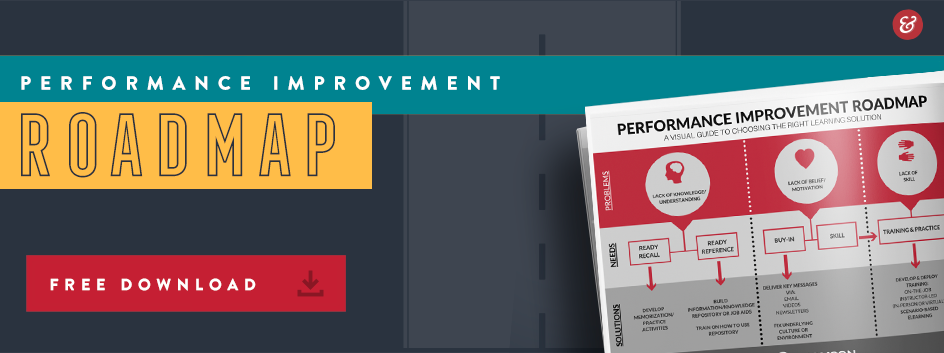Description Of Instructional Design Tool

On a recent business trip, I was reminded that even though I live in the world of instructional design every day, how difficult the concept can be to explain to someone who doesn't. Here's a breakdown of common processes and principles. What is Instructional Design? There are a number of definitions for instructional design with slight variations between them, but the description boils down to something like this: Instructional Design: The process by which instruction is improved through the analysis of learning needs and systematic development of learning experiences. Instructional designers often use technology and multimedia as tools to enhance instruction. According to this definition, instructional designers have two primary functions: We've discussed learning needs analysis in previous posts on this blog, so let's focus on the second part of that definition. To systematically develop improved learning experiences, it is a significant help to apply a process or model that can be followed and counted on to produce a robust solution. There have been a number of instructional design models and processes defined through the years, but only a few have been widely accepted and implemented by most instructional design practitioners. Below are four instructional design models that I have used myself, and that I see cited consistently among my peers. ADDIE stands for Analyze, Design, Develop, Implement, and Evaluate. These equate to a 5-phase process for developing instructional materials. Bloom's Taxonomy, revised in 2001 by Anderson and Krathwohl, defines the six levels of cognitive learning starting with the simplest at the bottom and moving up through the levels to the most complex, or deepest learning. As an instructional design framework, Bloom's Taxonomy ensures that learners push through the lower levels of remembering and understanding new information, to being able to apply it, analyze it, evaluate its impact, and ultimately to solve unique problems by creating solutions that would not have been possible without the new knowledge. Robert Gagne's Nine Events of Instruction is based on the behaviorist approach to learning. Gagne identified the mental conditions needed for learning in adults. He then created his Nine Events of Instruction to address the conditions of learning. The Nine Events of Instruction are: David Merrill's 2002 First Principles of Instruction framework integrates five principles of learning. Each of the four instructional design models outlined above have strengths and weaknesses. Depending on the problem to be solved by creating a training solution, one of these models may be more appropriate than the others. Instructional designers should be quite familiar with these models and others to design and deliver quality training solutions.
The ADDIE Model

Bloom's Taxonomy (Revised)

Gagne's Nine Events of Instruction

Merrill's Principles of Instruction


Description Of Instructional Design Tool
Source: https://www.dashe.com/blog/instructional-design-models-comparing-addie-bloom-gagne-merrill
Posted by: daileystrue1978.blogspot.com

0 Response to "Description Of Instructional Design Tool"
Post a Comment